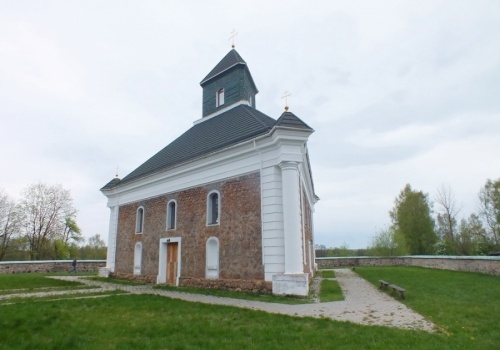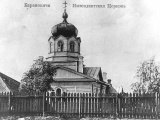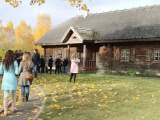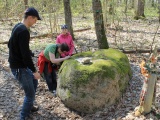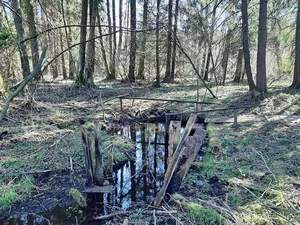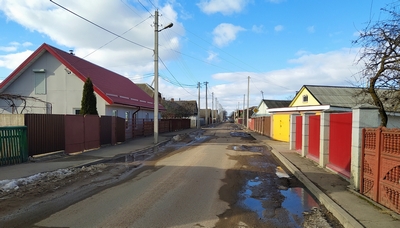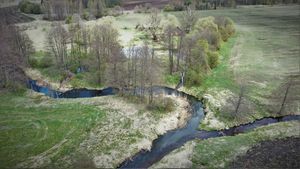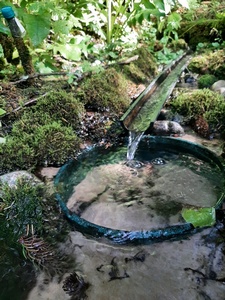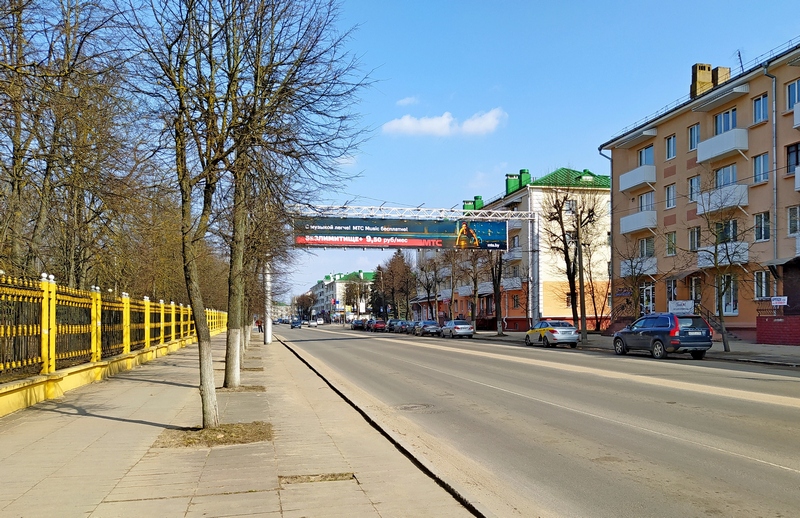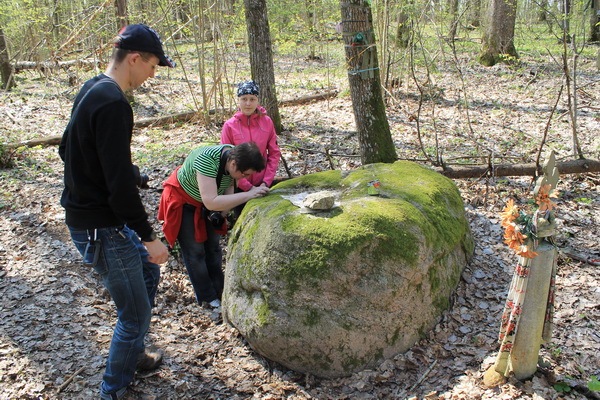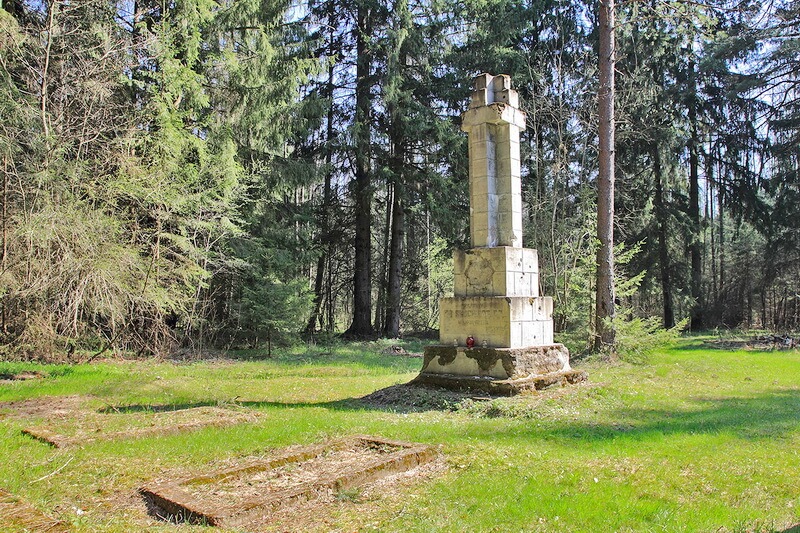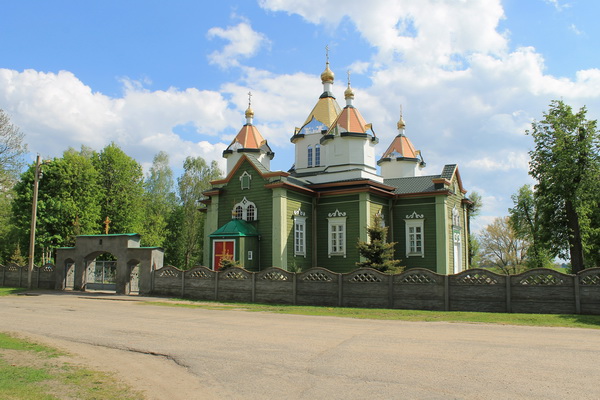Farmstead-museum “Zavosje”- the birthplace of the great poet Adam Mickiewizc
In 1988, by 200th anniversary of the birth of the great Slavonic Polish-speaking poet Adam Mickiewizc, the farmstead where he was born was restored prompted by the poetic illustrations of his poem “Pan Tadeusz”.
Today, the farmstead “Zavosje” is a museum literary-and-documental exposition tentatively called “Pan Tadeusz’s Homecoming”. It aquaints visitors with the history of the farm in Zavosje, shows the interior of a home owned by someone belonging to the Polish gentry, and through a word of poetry portrays the characters of a farmstead living in early 19th century.
The farmstead Zavosje was an ordinary small gentry estate with a traditional set of wooden structures: a homestead, a granary, a storehouse. Nikolay, Adam’s father, ran the farmstead for 2 years, from 1799 until 1801. Before the poet was born, the farmstead was the property of his grandfather’s brother, who, in 1806 transferred the farm into possession of Vincent Stypulkovsky, his sister’s husband, whose property it remianed until 1831 when it was confiscated because of their son Lucian’s participation in the November uprising. Adam’s parents themselves belonged to a small Lithuainian gentry and didn’t have their own land. The poet’s father was a lawyer. With time, the Mickiewizc family moved to Novogrudok.
When a youth, Adam Mickiewizc would often visit his native home.
After WWI, during which the frontline ran through the western part of the estate, nothing was left of the farmstead. Its restoration was done owing to the financial support of the Polish government, relying on the drawings made by Napoleon Orda, Eugeny Pawlovich, Tadeusz Abminsky and Felix Bzrozowsky.
Unfortunately, no documents describing the farmstead interior have survived, nor authentic things of early 19th century have remained either. Therefore, the description of Pan Tadeusz’s family home – the famous character of Michkiewicz’s poem- was taken as the basis of the restoration. Many exhibits were brought from Poland, including those obtained due to the efforts of A. Yevmenkov, director of the farmstead-museum.
The farmhouse is a rectangular log cabin covered with a thatched roof. Added to the house is a porch. In the entrance hall there is a sporting gun and the master’s tropheys on the walls: a wild boar head and wolfskin. The dining room is decorated with crossing swords and massive sideboards. There is a living room, an ascetic study room, a kitchen with a stove – and every room has Polish gentry character.
Adam Mickiewicz wrote his poem “Pan Tadeusz” already after the defeat of the 1831 uprising and he tried to reproduce his memories of Novogrudok land, of people’s customs living in the legendary Lithuania. The poem became an immortal monument to the epoch which ended in 1812 after Napoleone’s campaign.
The farmstead-museum is open Tuesday-Saturday: 10a.m. – 17p.m.
Phone: +375-163-432510
Geographic coordinates: N 53° 16' 43,27" E 26° 06' 54,82"
Foto: Владимира ЗУЕВА, Елены ЮРКЕВИЧ


